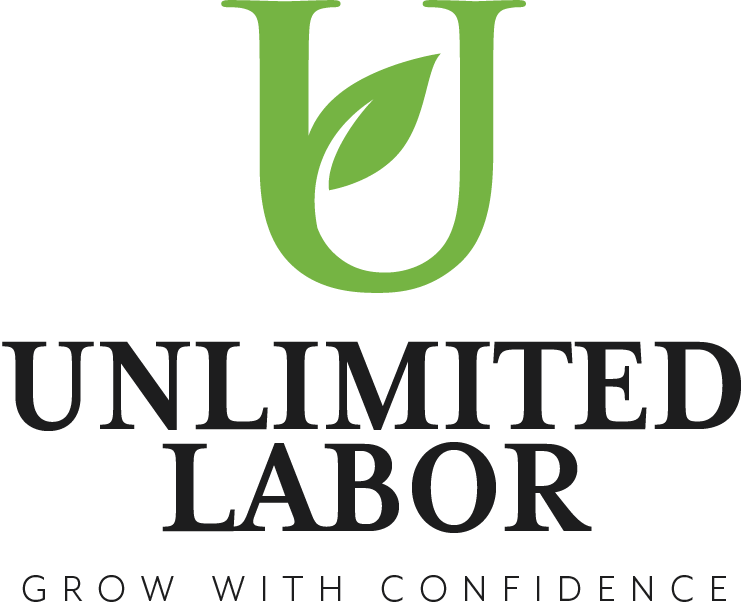November 2023 – Counsel Corner
H-2B News
The Department of Homeland Security (DHS) and the Department of Labor (DOL) announced that they expect to make an additional 64,716 H-2B temporary nonagricultural worker visas available for FY2024, on top of the congressionally mandated 66,000 H-2B visas that are available each fiscal year.
The H-2B supplemental is expected to include an allocation of 20,000 visas to workers from Colombia, Costa Rica, Ecuador, El Salvador, Guatemala, Haiti, and Honduras. The remaining 44,716 supplemental visas would be available to returning workers who received an H-2B visa, or were otherwise granted H-2B status, during one of the last three fiscal years, and would be allocated between the first and second caps.
What Does This Mean for Me?
The supplemental visas are certainly cause for celebration and ULS recommends you continue filing for H-2B visas with your H-2B provider. However, remember that this is temporary relief and initiating the PERM process is the only way to permanently solve your long-term labor needs.
If you are currently in the Adjustment of Status phase, take this opportunity to bring your workers back in the U.S. on H-2B visas so that we may file for their Adjustment. If your company is looking to sponsor more workers through PERM, this is also a great opportunity to bring in more workers to sponsor and add them onto your existing PERM process or to start your next batch of workers. We are encouraging all employers to take advantage of the supplemental visas and to add on additional employees as a result of the continuing backlog on Green Card filings.
Visa Bulletin and Priority Dates
We are closely watching the advancements in the Visa Bulletin for your workers, which generally falls under the EB3 Other Workers Employment-Based preference category. There has been no movement in Visa Bulletin and will remain at the December 15, 2020 priority date for the EB3 Other Worker category through the end of 2023.
What does this mean?
Employees whose priority date is December 15, 2020 or earlier are eligible to file for a Green Card. Your priority date is established upon the filing of the PERM application. In other words, the PERM filing date is your priority date.
Why are there priority dates?
There are priority dates because there are more immigrant visa applicants than there are immigrant visas available each year. Congress establishes annual limits on the number of immigrant visas issued, currently at 140,000, aiming to regulate immigration numbers effectively. The U.S. Department of State (DOS) plays a crucial role in this process by publishing the monthly Visa Bulletin, which outlines cut-off dates governing visa availability. These cut-off dates determine when applicants become eligible to apply for permanent resident status, based on their priority dates.
Applicants affected by visa retrogression must wait until their priority date is current to file for a Green Card. Even though the Visa Bulletin seems like a far-off date compared to right now, you have to remember that it is a year and a half to two years between receiving your priority date and filing your Green Card application. Thus, the wait time will be much smaller by the time we are able to file for your workers’ Green Cards, giving your company enough time to bring your workers back on H-2B visas and to file for their Green Cards in the U.S.
For individuals facing visa retrogression, it is essential to remain informed and continue working with ULS and your H-2B agent to avoid further delays. Visa retrogression is a temporary obstacle in the immigration journey.
 ULS will continue to track your priority date and immediately inform you when you will be eligible to file for your workers’ Green Cards. Stay tuned for more updates on the Visa Bulletin and other exciting topics.
ULS will continue to track your priority date and immediately inform you when you will be eligible to file for your workers’ Green Cards. Stay tuned for more updates on the Visa Bulletin and other exciting topics.
Elliott S. Mason
President and General Counsel

